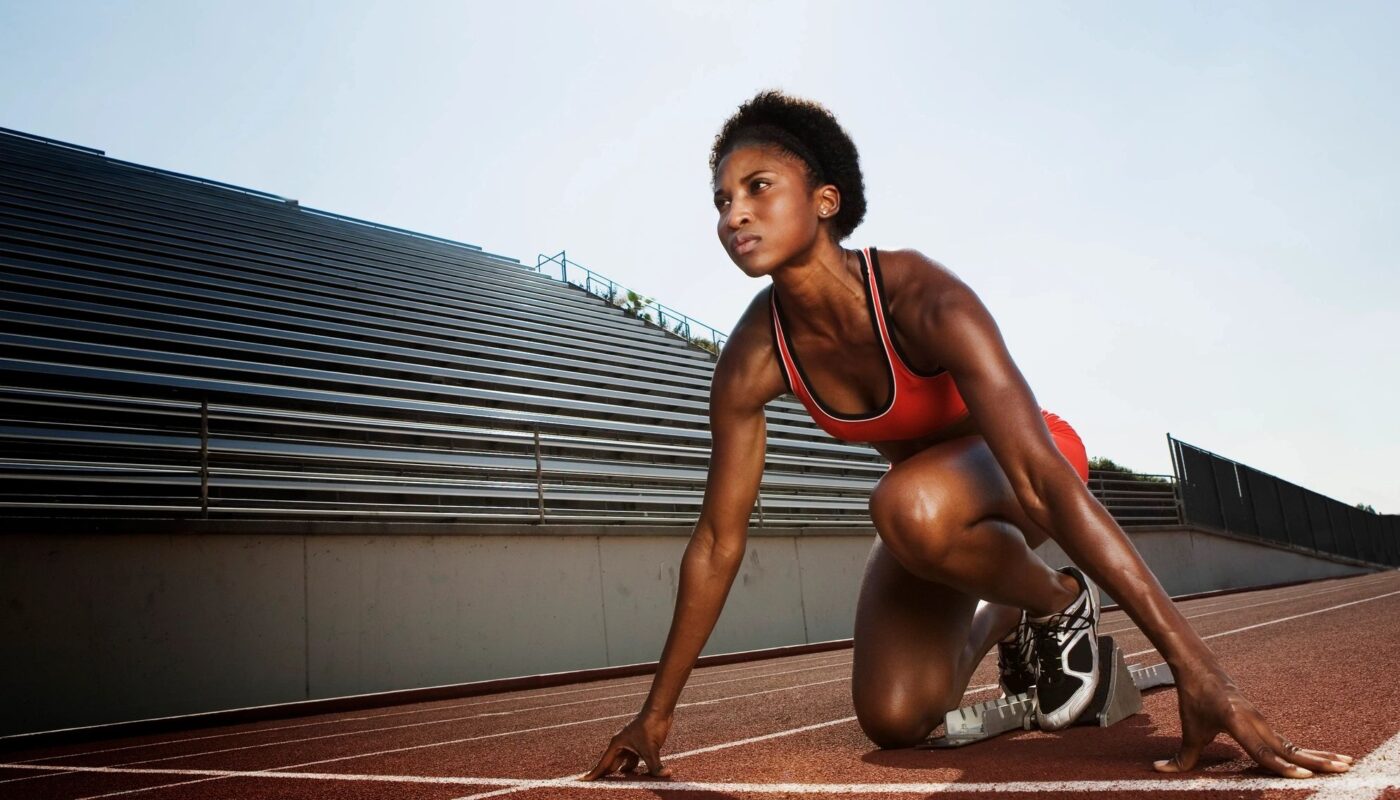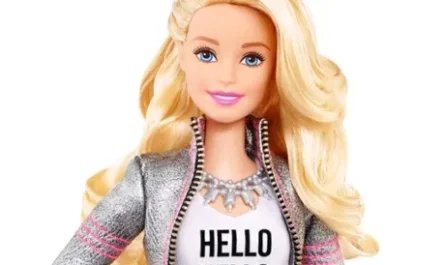By: Daniella DeNicola
Social media platforms like Tik Tok, Instagram, Facebook, etc. have been an important component for companies to create a name for themselves. As users, we’ve seen videos of athletes or sporting events go viral, creating a new fan within ourselves. Organizations and teams are learning the importance of social media presence to create exposure for your team.
Track & Field is the eighth most followed sport in the United States, therefore marketing and building excitement for its events and participants is critical. Organizations like World Athletics and Track Town, need to capitalize on the growth of social media. A sport that did this well is Formula One (F1). Despite not being in the same sports, Track, and Field organizations can learn a few things from what they did well.
Formula One has grown immensely in the last five years. Some of that is contributed to the “Drive to Survive” Netflix docu-series. But, arguably most of this is due to their social media presence. F1 has become the second fastest-growing sport on social media platforms like Twitter, YouTube, Instagram, and Facebook. Views of videos increased, as did engagement, which reached 99%. How did they do this? Regarding Tik Tok, they kept up with current trends. F1 teams are often posting Tik Toks of their drivers participating in trends. This allows the viewer to create a connection with the driver, which makes them more inclined to watch the races or even attend one. As for YouTube, the F1 team McLaren began posting “unedited” videos that featured the events leading up to the actual race. The honesty and rawness of the videos made it a fan favorite due to F1 being more of a private on what happens in the paddock.
Much of F1’s success and revenue rely on people coming to events, similar to Track and Field. So, how do Track and Field organizations like Track Town learn from the success of F1? It begins with understanding current trends and creating that personal connection between athletes and fans. World Athletics did this well last summer for the World Track and Field Championship.
The success of World Athletics lead to the World Track and Field Championship the most watched track and field event in the U.S. Some of this is due to the hype created around famous U.S. track and field athlete, Sydney McLaughlin. World Athletics’ social media pages created a buzz around her event by posting videos of her past victories. They drew attention to her, causing more people to watch her run. Noah Lyles is in a similar situation. Overall, World Athletics produced enough interest in the competitors that people wanted to watch.
Smaller organizations like Track Town should learn from success stories like F1 and World Athletics and apply them to their social media pages. This is already being seen with the “Road to Track Town” series which they post on their Instagram and YouTube. Track Town should learn and progress its social media as it’s been proven to grow your organization.




Very interesting post. My client is NASCAR and I remember for the first part of the project when we had to research their competitors’ social sites, I noticed F1 had many posts related to current trends. I think posting videos about recent trends should be the first step in raising brand awareness for any product.
Hi Daniella,
This was a great read. I thought you gave great explanations on why other athletic organizations should take note of F1 and World Athletics’ social media marketing strategies. I also agree to your point that it starts with understanding current trends as well as building a personal relationship between athletes and fans. It’s similar to the beauty industry and its use of influencer marketing; you want there to be a strong and authentic relationship between consumers and brand influencers so they’re more likely to purchase products and support the company.
I found your post to be extremely interesting! I love how you are comparing two sports that seem to be on opposite ends of the spectrum, yet really aren’t. F1 and track are such an interesting case studies because F1’s brand awareness has grown tremendously over the past couple of years even though it is a niche sport, and brands such as track town have gained little to no awareness even though the sport of track is so popular.
Daniella,
You make a lot of great points here! I think it is interesting how track and field is one of the most-watched sports in the United States but that there is little coverage about it on popular sports media channels. Unlike how American football or basketball games are replayed and discussed daily on sports channels, track and field is really only mentioned in media while important events are going on. Your point about how mainstream sports channels should take note of events like Formula 1 and the World Athletics Championships is important, because it shows how impactful those stories must have been. If track is only followed while track is going on, but it is still one of the most paid-attention-to sports, then the media coverage strategies track outlets are using should absolutely be turned to as examples of good social media.
Daniella, I really enjoyed reading your blog post, as a fan of F1 myself, I think they have a super unique opportunity to showcase the behind-the-scenes— it is so interesting! The 20 drivers all are “celebrities” within the sport so showing a more personal side of them is something I am excited to see F1 socials do more of.
Hi Daniella!
I think you did a great job with this post. I didn’t know that track was so highly watched, but I think you make a SUPER compelling point about how some of these tactics which have worked for F1 would also yield success for track and field. Creating a sense of connection between the audience and the the athlete/driver/celebrity is (in my opinion) a super important strategy. `